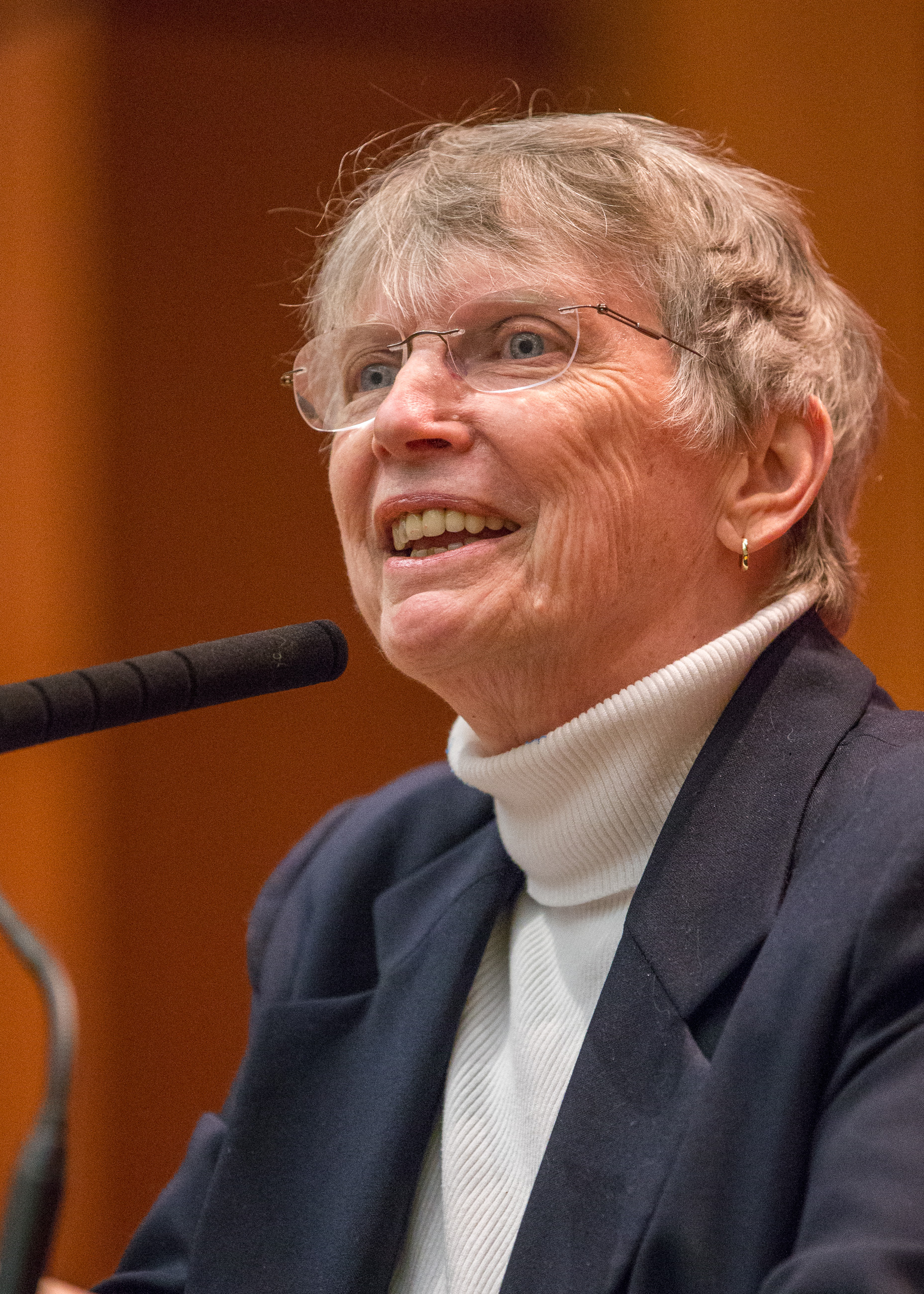 |
| Lois Lowry Photo by Kenneth C. Zirkel |
Spoilers ahead.
"Number the Stars" is among the first books I remember reading for pleasure. It stands out in my mind because the characters are so likable and courageous (for the most part), the events are so terrifying and the setting and backdrop are real. It is historical fiction at its finest (for young adults). Furthermore, the main character is a 10-year-old girl, which is about how old I was when I read it for the first time. However, my life was decidedly less dangerous and complicated than hers was.
"Number the Stars" is about a girl named Annemarie Johansen and her family's struggle to save the family of her best friend–Ellen. The novel is set in Nazi-occupied Copenhagen, Denmark. At the start of the novel, the city has been occupied for roughly three years. Ellen and Annemarie go to school together, but Ellen is Jewish, so she is forced to wear the Star of David. Apart from this, the girls are not much different. They are both confused by the occupation and how people are being treated. Furthermore, both of their families have to deal with the lack of certain goods and rights that are being taken away from them by the Nazis.
Not long into the novel, Ellen's family is forced to leave their neighborhood. They are taken into hiding and Ellen is left with the Johansens. The Nazis come looking for Ellen and her family and the Johansens convince them that Ellen is their daughter. The next day, they all go to Gilleleje, Denmark, where Annemarie's uncle Henrik lives. Annemarie is told that they will be attending the funeral of a fictional aunt. In reality, the family will be staging a funeral to help implement the smuggling of Ellen and her family (who met them at Henrik's) to safety on Henrik's boat. Annemarie becomes an integral part of the plan when her mother breaks her ankle and Annemarie has to take over her part of the scheme.
"Number the Stars" is a book I think every child who may be a little too young for "The Diary of Anne Frank" should read. It presents the reality of the war, with the hiding of Jews and the death of Annemarie's older sister, who was a member of a resistance movement, before the start of the novel. However, it also ends on a good note, which is not the case for so many World War II novels, be they non-fiction or fiction. I think it was a helpful introduction into the horrors of World War II.
Shelly Barclay
No comments:
Post a Comment